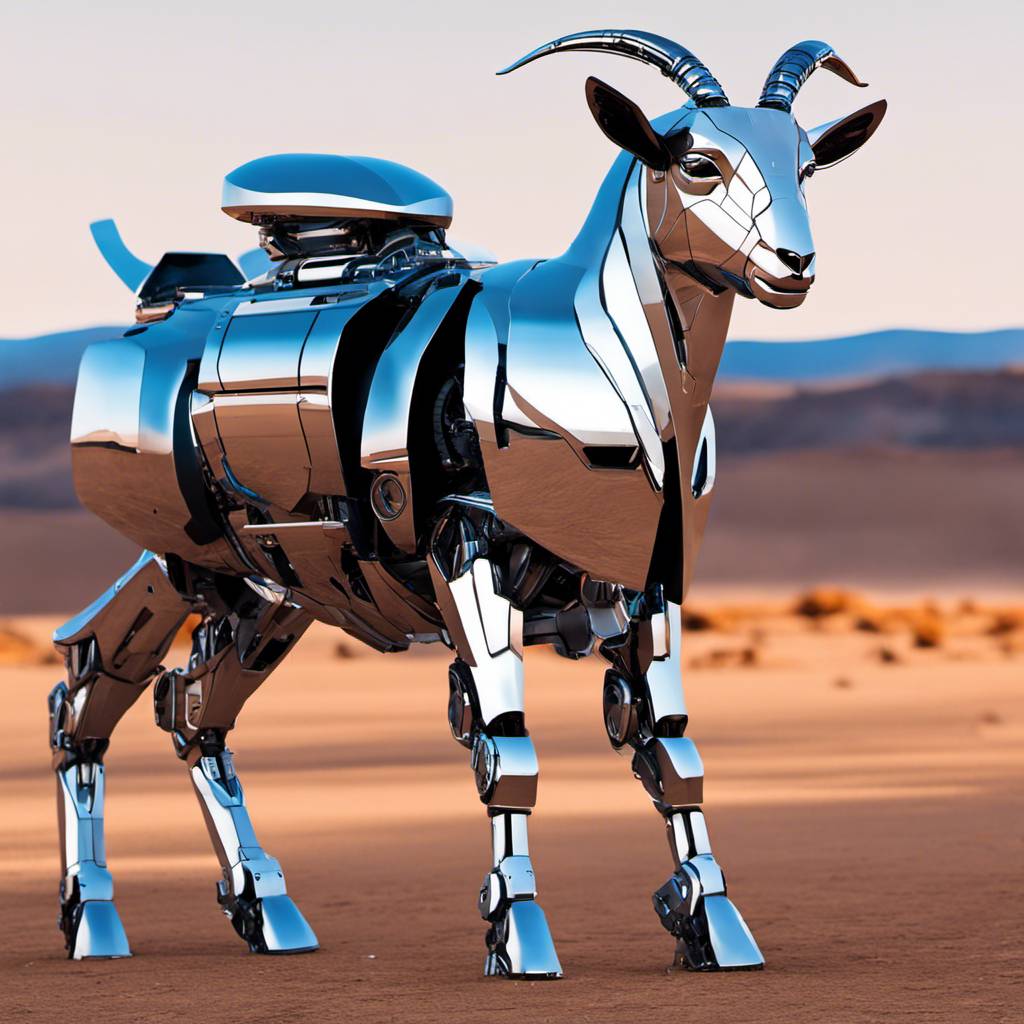In a recent tactical training exercise, U.S. Marines have showcased their innovative approach to warfare by successfully coupling a rocket launcher with a “robotic goat”. This intriguing exercise, which took place on September 9, 2023, was part of a broader series of autonomous system tests. But, it was this particular test that captured the most attention due to its novelty.
The quadrupedal robot, which carried the burden of the rocket launcher, is a Chinese-made “Unitree Go1”. This robotic creature, generally referred to as a “robotic dog”, was curiously dubbed a “robotic goat” for this exercise. The reason behind this nomenclature remains unclear. Interestingly, the Turkish armed forces also adopted similar terminology in July when they conducted a comparable test.
The Unitree Go1 is a commercially available product that can be easily purchased online. Its affordability makes it an attractive option for such tactical experiments. The robot’s programming languages and coding capabilities allow it to execute complex tasks, which is an exciting prospect for the military and electronics enthusiasts alike.
For this exercise, the robotic goat was fitted with an M72 Light Anti-tank Weapon (LAW) RPG. This weapon is a standard armament within NATO and is widely used by numerous armed forces. The combination of technology and weaponry in this context represents a significant step forward in modern warfare.
This successful test of the RPG-bearing robotic goat demonstrates the potential of autonomous systems in military operations. The use of robotics and electronics in warfare could lead to significant advancements in strategy and execution. It also opens up new avenues for those interested in computers and programming languages, as it illustrates the vast range of applications these skills can have.
The fusion of technology and traditional warfare methods could revolutionize the way battles are fought and won. By integrating robotics into their strategies, armed forces could potentially minimize human risk while maximizing efficiency and impact.
This innovative approach also highlights the importance of understanding and utilizing programming languages. The ability to code and program robots like the Unitree Go1 can have far-reaching implications beyond the realm of military applications. In industries such as electronics and computers, these skills are increasingly in demand.
However, it’s essential to note that this test was just one part of a larger series of autonomous system tests. While the RPG-bearing robotic goat grabbed the headlines, it represents just a fraction of what is possible when technology and military might combine. The potential applications for robotics in warfare are vast and varied, and this test is just the tip of the iceberg.
In conclusion, the successful test of the “robotic goat” equipped with an RPG by U.S. Marines signifies a significant leap forward in the integration of technology and warfare. It emphasizes the importance of programming languages and coding skills in contemporary society, particularly within the electronics industry. As we move forward, it will be fascinating to see how this fusion of traditional warfare and modern technology continues to evolve.
